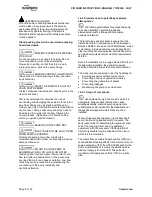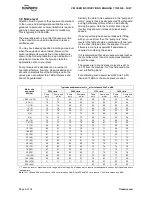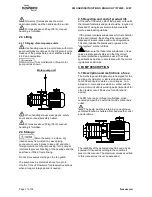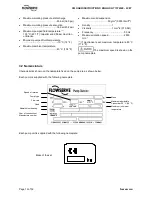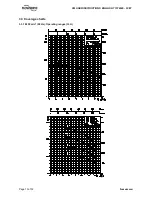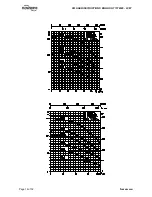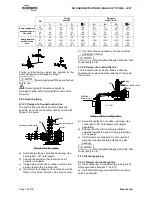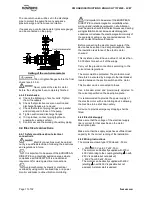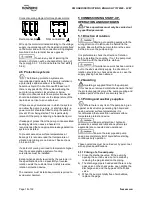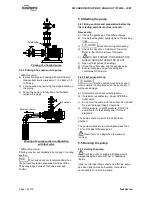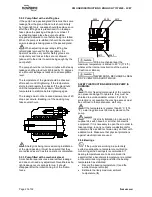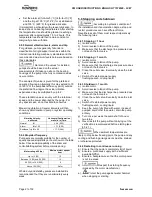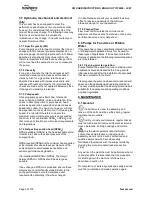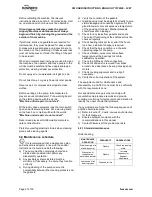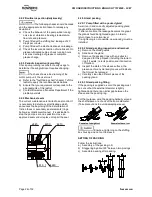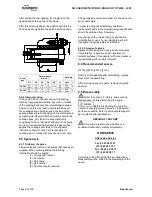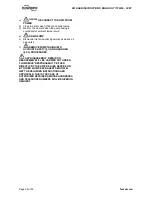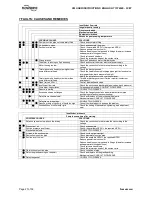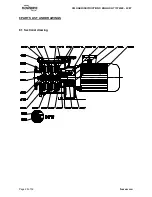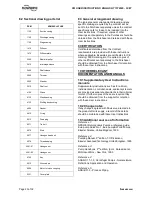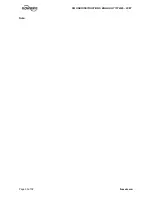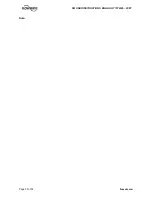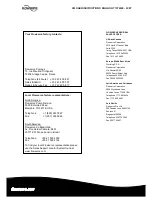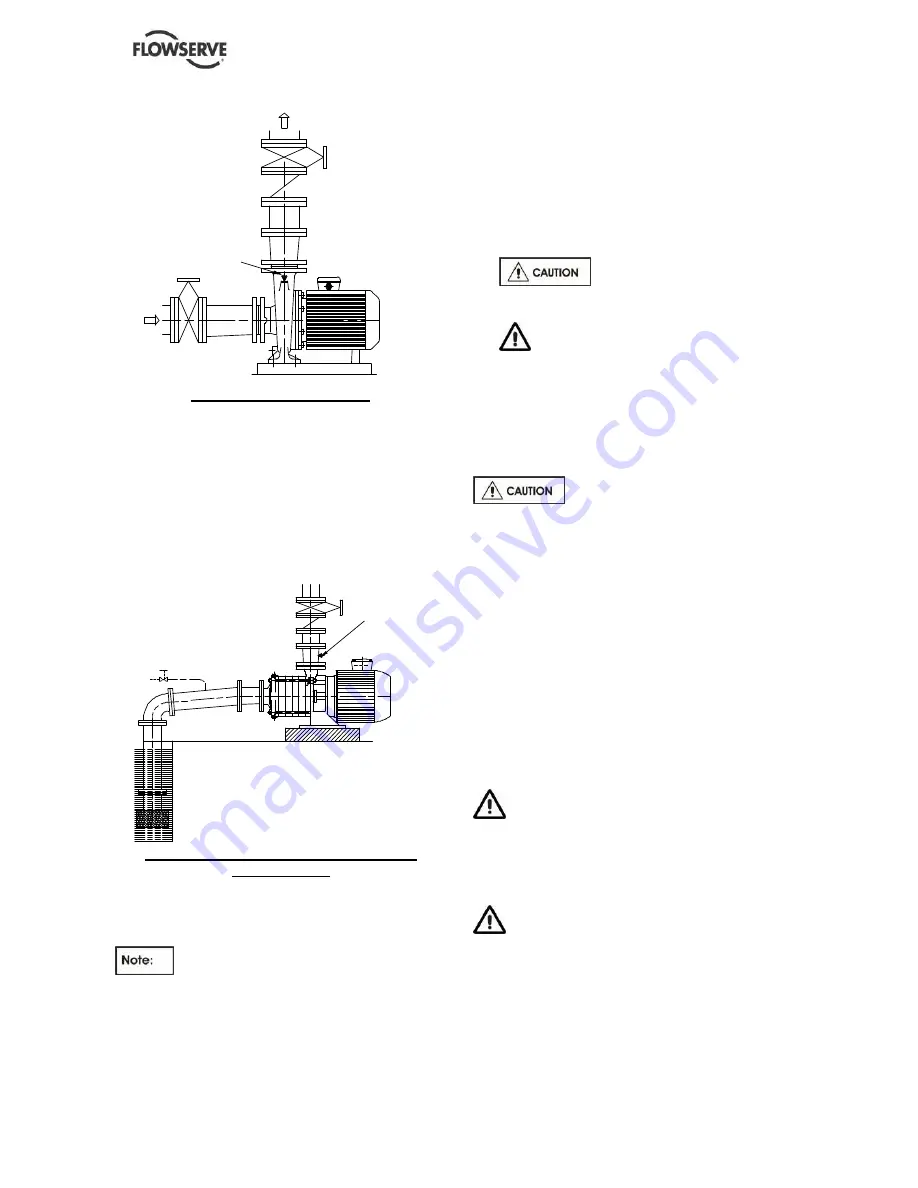
FM USER INSTRUCTIONS ENGLISH 71576526 - 03/07
Page 19 of 32
flowserve.com
Air escape
Priming of a flooded pump
5.3.2 Priming of a sump suction pump
* With foot valve:
a) Fill suction pipe and casing with liquid from an
independent source (pressure 1 to 2 bars or 15
to 30 psi).
b)
Let air escape by removing the plugs located on
the piping.
c)
When the pump is totally free of air bubbles,
replace the plugs.
Air escape
External source
Priming of a sump suction configuration
with foot valve
* Without foot valve:
Priming may be accomplished by means of venting
system.
Foot valves are not recommended when
the pumped liquid has suspended solid particles.
They may lodge between foot valve seat and
shutter.
5.4 Starting the pump
5.4.1 Bring controls and preparation before the
first starting and after each service call
Necessarily:
a) Check the tightening of the different plugs.
b)
Check that the gland lightly tightens the packing
rings.
c)
Risk of seal ring overheating.
d)
Check the direction of rotation of the motor.
Refer to the rotation arrow of the pump.
e)
DO NOT FORGET TO REMOUNT THE
SHIELD GRID ON THE MOTOR STOOL
f)
Open all inlet valves (if existing).
g)
Close the outlet valve and the bypass valve.
h)
Ensure inlet pipe and pump casing are
completely full of liquid.
5.4.2 First pump start-up
Suction valves must be fully open
when pump is running. Never run the pump dry, it
will cause damage.
a) Start motor and check outlet pressure.
b)
If pressure is satisfactory, slowly OPEN the
outlet valve.
c)
Do not run the pump with the outlet valve closed
for a period longer than 30 seconds.
d)
If NO pressure, or LOW pressure, STOP the
pump. Refer to fault finding chart for fault
diagnosis.
The pump should run smoothly and without
vibration.
The pump must never run at a capacity less than
10 % of the best efficiency point.
Never remove a plug when the pump is
running.
5.5 Running the pump
5.5.1 Venting the pump
Vent the pump to enable all trapped air to
escape taking due care with hot or hazardous
liquids.
Under normal operating conditions, after the pump
has been fully primed and vented, it should be
unnecessary to re-vent the pump.


